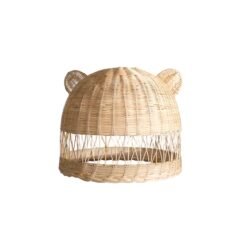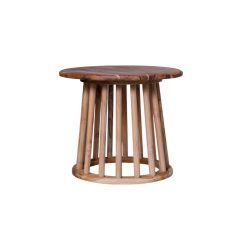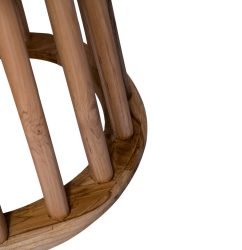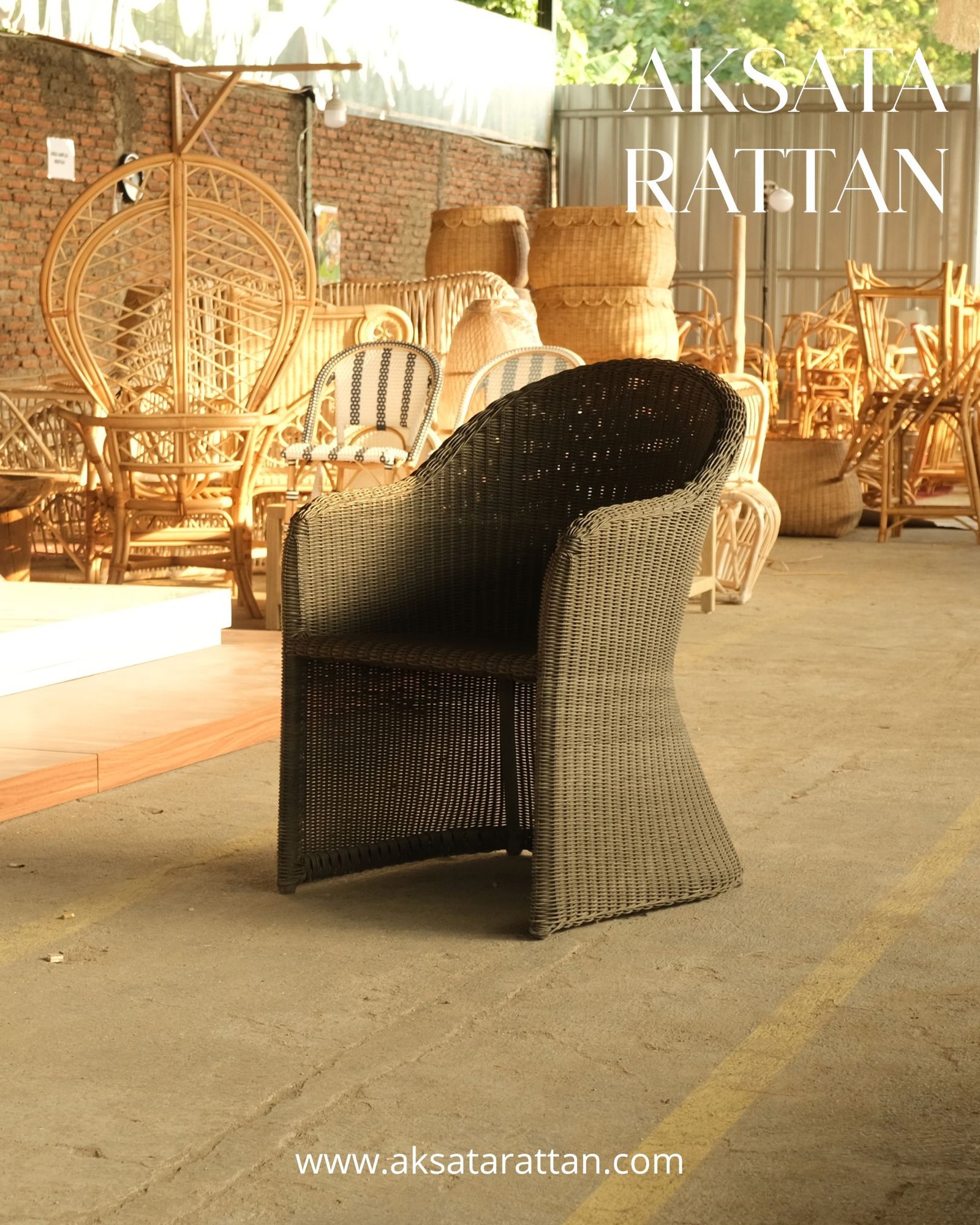Introduction: The Ongoing Debate in the Furniture World
In recent years, rattan furniture has become a symbol of natural beauty, craftsmanship, and eco-conscious living. But as the market expands, synthetic rattan (often made from polyethylene or resin) has also gained popularity — especially in outdoor furniture.
Both materials have unique strengths, but which one is truly better for your business or design project? Let’s explore the key differences between natural rattan and synthetic rattan in terms of origin, quality, sustainability, and performance.
1. Material Origin: Nature vs. Technology
Natural Rattan comes from climbing vines that grow abundantly in Indonesia’s tropical forests. It’s harvested by hand, renewable, and fully biodegradable. Every piece tells a story of nature and traditional craftsmanship.
Synthetic Rattan, on the other hand, is made from high-density polyethylene (HDPE) or resin-based plastic fibers. While designed to mimic the look of real rattan, it’s a man-made material produced through industrial extrusion processes.
✅ Verdict: Natural rattan wins in terms of authenticity and environmental friendliness, while synthetic rattan offers manufactured consistency.
Keywords: natural rattan Indonesia, synthetic rattan furniture, eco-friendly rattan
2. Durability and Weather Resistance
Natural rattan is strong and flexible but best suited for indoor or semi-outdoor use (such as covered patios). Excessive exposure to rain or direct sunlight can weaken its fibers over time.
Synthetic rattan, by contrast, is designed to withstand UV rays, rain, and humidity. It’s ideal for outdoor furniture in hotels, resorts, and pool areas.
✅ Verdict: For outdoor projects, synthetic rattan is more practical. For indoor elegance, natural rattan offers unmatched warmth and authenticity.
3. Sustainability and Environmental Impact
This is where natural rattan manufacturing truly shines.
- Rattan grows quickly and regenerates after harvesting.
- It supports rural communities and helps preserve forest ecosystems.
- It’s 100% biodegradable and non-toxic.
Synthetic rattan is recyclable but still petroleum-based, meaning it depends on industrial processes that contribute to carbon emissions.
✅ Verdict: Natural rattan is the clear winner for brands that value eco-friendly and sustainable production.
4. Craftsmanship and Aesthetic Appeal
Natural rattan furniture is handwoven by artisans, giving each piece unique texture and character. Its imperfections are part of its charm — showcasing human craftsmanship.
Synthetic rattan, although consistent in appearance, can look too uniform or “machine-made.” It lacks the organic warmth of natural material, though it does allow for color customization and uniform patterns.
✅ Verdict: For design lovers and interior projects, natural rattan offers a more luxurious, authentic look.
5. Maintenance and Longevity
- Natural rattan requires gentle cleaning and should be kept away from prolonged moisture.
- Synthetic rattan is easier to maintain — simply wipe it clean and it’s ready to use again.
With proper care, both materials can last for years, but synthetic rattan is often more resistant to harsh outdoor conditions.
✅ Verdict: Synthetic rattan is lower maintenance; natural rattan requires care but offers higher aesthetic value.
6. Price and Market Perception
Synthetic rattan furniture tends to be cheaper to produce in bulk, making it popular for large-scale hospitality projects.
However, handmade natural rattan furniture commands a higher market value — especially among eco-conscious consumers and premium brands seeking authentic, artisanal products.
✅ Verdict: For mass outdoor projects, synthetic may be more cost-effective. For luxury retail or boutique interiors, natural rattan offers higher perceived value and storytelling power.
Conclusion: Choosing What’s Right for You
There’s no one-size-fits-all answer.
If you prioritize eco-friendliness, craftsmanship, and authenticity, choose natural rattan furniture from trusted Indonesian manufacturers like Aksata Funricraft.
If you need outdoor durability and low maintenance, synthetic rattan might be the better choice.
In the end, both materials have their place — and the best furniture projects often combine natural beauty with modern innovation.

